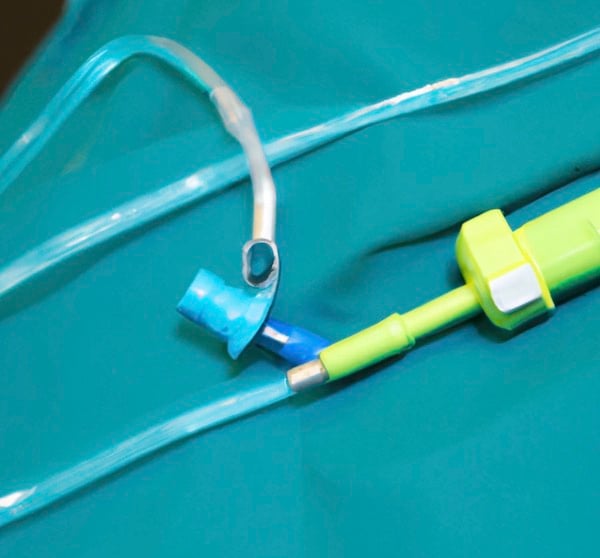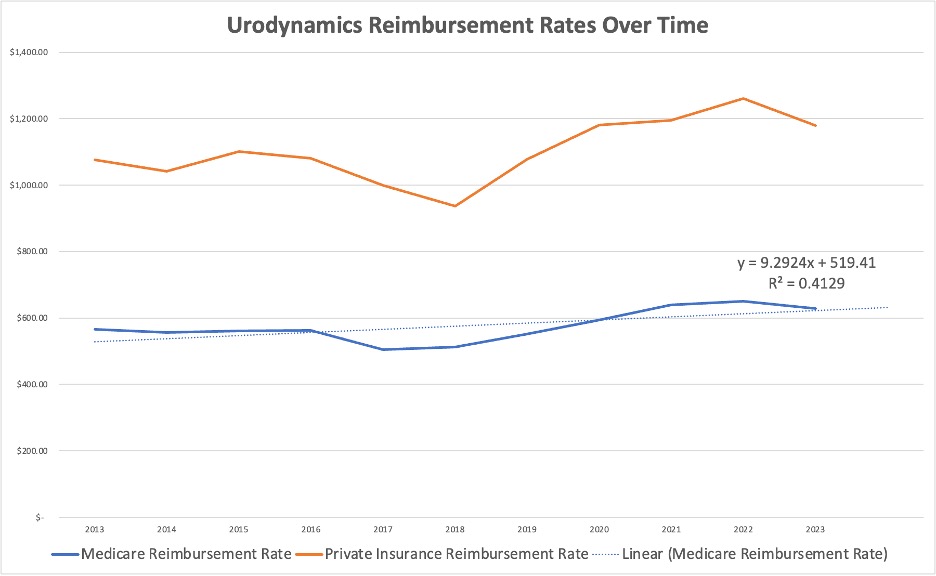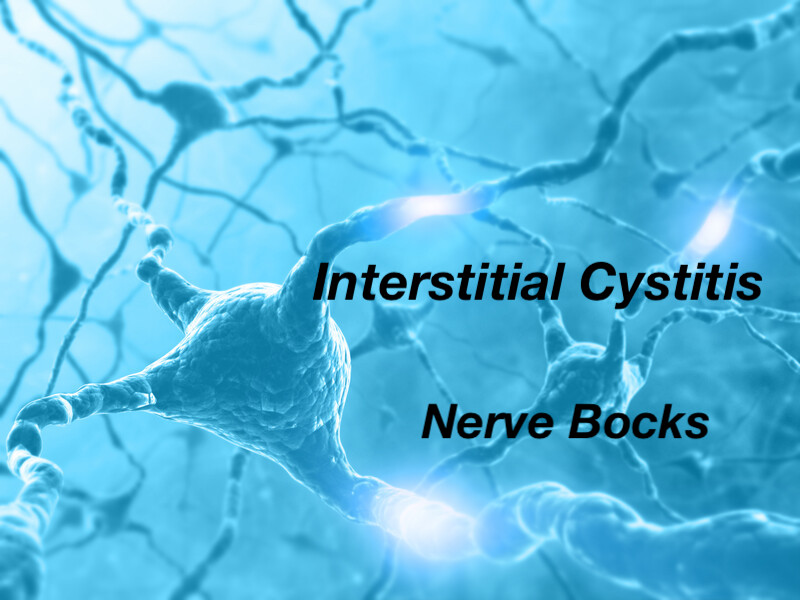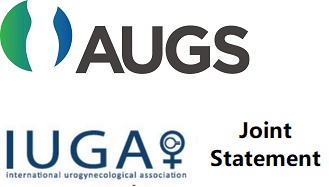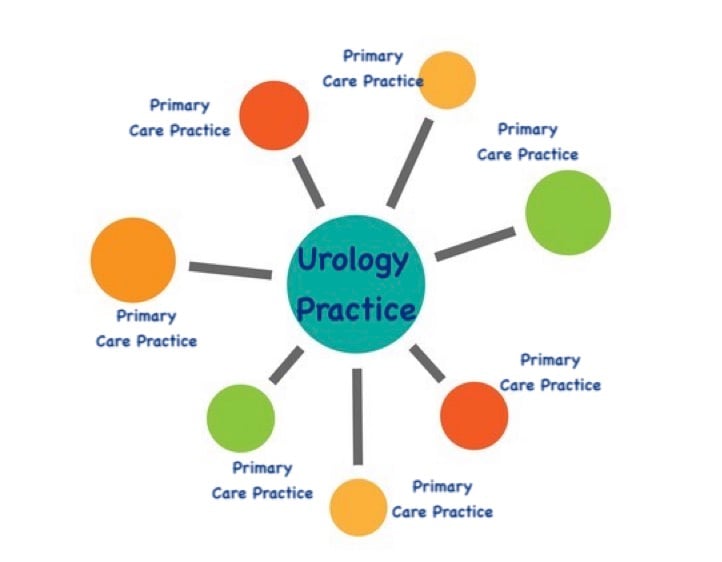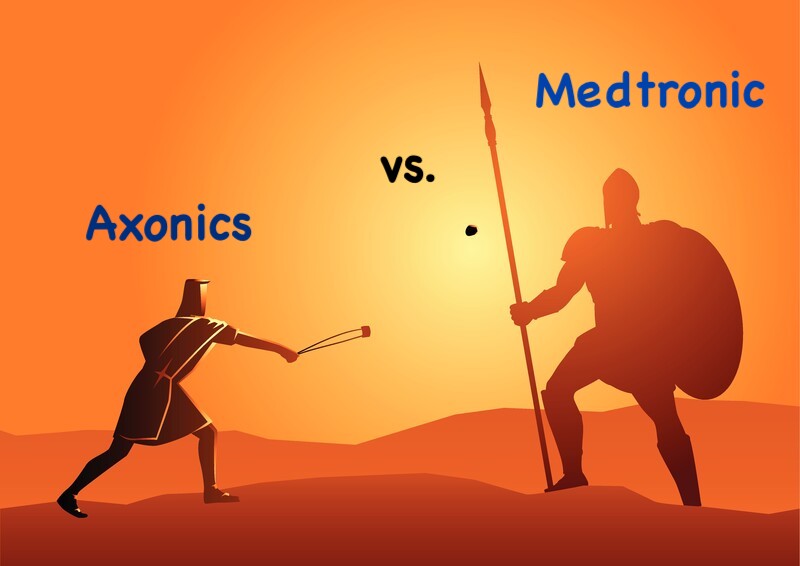Urodynamics testing expands the range of diagnostic data available to urologists. By making it easier to associate numbers with observations, urodynamics enhances the speed, accuracy, and repeatability of common diagnostic procedures.
Clark Love
Recent Posts
Urodynamics Reimbursement Rates: 10-year Trend and Future Projections
Want to understand what's coming down the line for professionals who specialize in urodynamics? Don't just look to new diagnostic technologies or evolving caregiving practice standards. Urodynamics reimbursement rates are also a great bellwether of practice viability.
Topics: Reimbursement Trends, Urodynamics Reimbursement Rates
Research Summary - Interstitial Cystitis Response and Nerve Blocks
Patients who suffer from bladder pain syndrome/interstitial cystitis (BPS/IC) face many challenges. One of the primary issues is chronic pelvic pain, which can range from mild to severe.
Other symptoms of BPS/IC include frequent urination (especially at night), a persistent urge to urinate, and pain during intercourse. Patients may also experience urinary urgency and frequency, urinary incontinence, and difficulty emptying the bladder.
So how do patients find relief from these complex issues? The causes of BPS/IC remain uncertain, and there's no known cure. The good news is that there are several promising treatment options, including interstitial cystitis nerve blocks.
Topics: interstitial cystitis, Nerve Blocks
Summary of AUGS-IUGA Joint Statement on Enhanced Surgery Recovery
In November 2022, the American Urogynecologic Society (AUGS) and International Urogynecological Association(IUGA) released a joint clinical consensus statement that could signal a big change in how the urology industry approaches surgery. So what was important enough to bring these multinational experts together?
After conducting a review, the AUGS and IUGA reached multiple findings concerning enhanced recovery after surgery (ERAS) – and its implications for clinical outcomes and care costs. The joint statement offered multiple recommendations geared toward optimizing patient management. Here are the details.
Topics: American Urogynecologic Society, International Urogynecological Association
Pelvic Floor Physical Therapy - Why Is It Not More Widely Adopted?
Pelvic floor muscles work with the pelvic bones to support your lower body. Like the muscles that help you lift, they stabilize your pelvis and spine while improving pelvic floor strength. They are extremely important, especially in women during pregnancy, delivery, and recovery. They can also help you with incontinence, sexual function, and even your ability to walk.
However, due to trauma and stress, the pelvic floor muscles can become weakened or tight, leading to pelvic floor disorders, such as stress urinary incontinence and pelvic organ prolapse. These disorders are widely known and can significantly impact women's health and quality of life.
What distinguishes dependable anorectal manometry equipment makers from the rest of the pack? In this review, we'll cover some market leaders to help you decide which supplier might be the ideal partner.
Why is getting to know the options so important? For starters, selecting the right anorectal manometry equipment for a practice isn't always straightforward.
Finding a manufacturer that makes sound catheters, equipment, and software is just the start. Depending on how you run your business or department, you might gain just as much benefit from looking for a supplier that provides the full package, including ongoing support, on-demand assistance, and training. Here's what we were able to unearth about a few key players.
2022 Review of the Clinical Value of Urodynamic Studies
The vast majority of clinicians, experts, and medical bodies agree that urodynamic studies (UDS) have real clinical value. However, certain clinical studies have questioned the efficacy of urodynamics for certain groups of patients with specific health conditions.
Many clinicians want to know: Does the data back up the commonly held idea that urodynamic studies are worth it to patients and providers? Are these diagnostic tools merely clarifying complex issues or punching above their weight by helping to deliver deep diagnostic value?
These questions are by no means simple. To find answers, we looked at a recent meta-analysis that's been making the rounds – Here's what we took away from the experience.
Topics: urodynamics, stress incontinence
How Urology Service Lines Have Changed Over the Last Decade
It's no secret that urology is evolving: The field's advancement has continued unabated over the past few decades thanks to new diagnostic techniques, technologies, and standards. But what about urology practices themselves?
Practitioners haven't fallen behind as their specialization evolves. Urology practice services have expanded alongside patient demand and novel clinical methodologies. Here's a quick recap of how practices have changed over the past decade.
5 Ways Urologists Can Grow Their Primary Care Referral Networks
Practitioners have no shortage of public outreach options – but some strategies drive business more effectively than others. Whether you're trying to augment your patient base or build relationships with other healthcare providers in the community, expanding your primary care referral network is a good start.
Establishing a strong referral network can empower your brand to go further and reduce your marketing burden, freeing you to focus on caregiving. Here are five ways to drive referrals and help your practice succeed.
Axonics vs. Medtronic - The Battle Is On for OAB Neuromodulation
There are many ways to treat and manage conditions like overactive bladder (OAB). But could a market brouhaha over neuromodulation IP impact how practitioners leverage established treatments?
The two main players in the field, Medtronic and Axonics, have been butting heads for a while. Both are determined to dominate the OAB treatment market segment that could always use more attention, and the winner will likely be the company that is most innovative over the longer-term. The battle is truly one of “David versus Goliath”. Here's what the battle for the OAB neuromodulation crown might mean for urology and urogynecology practices.
Topics: OAB Neuromodulation


